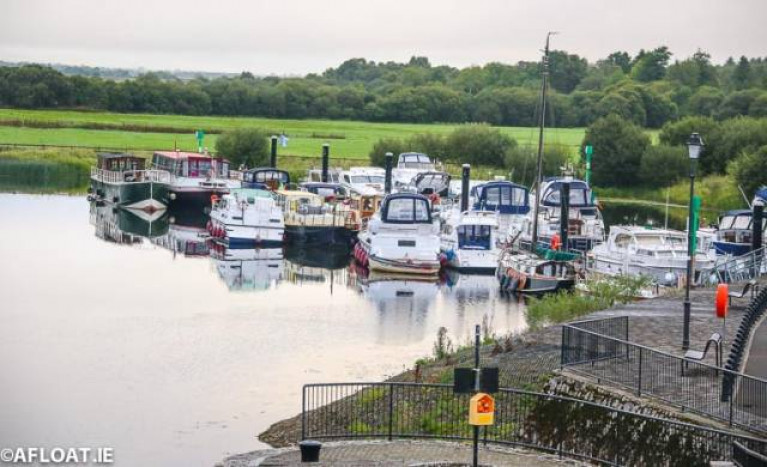Displaying items by tag: High water
No Access To Floating Jetty At Shannonbridge Over High Water Levels
Continued high water levels have prompted Waterways Ireland to prohibit access to the floating jetty in Shannonbridge on the Shannon Navigation.
All masters of vessels and users of the inland waterway are advised that lighting to the area has been turned off as the power supply distribution box is currently submerged.
High Water Level Alert For Shannon, Erne, Barrow & River Bann
Due to recent poor weather conditions, Waterways Ireland is currently operating at increased water levels on the Shannon, Erne, Barrow and River Bann.
As a consequence, boat owners, and those in the vicinity of our waterways, need to take additional care and bear the following points in mind:
- For boaters, air draft is reduced under all bridges and power lines.
- Access to jetties may be difficult as the walkway providing access to the jetty may have elevated due to the increased water levels.
- The markers, pontoons and jetties may be under water.
- The speed at which the water flows has significantly increased and boat owners and those along the navigations should take extra care when travelling.
Waterways Ireland encourages all waterway users to put safety first in these flood conditions.
Previously it was reported that the Jamestown Canal in Roscommon has been closed due to high water levels until further notice.
Waterways Ireland will install a dam system to protect the canal banks here, which will remain in place until water levels drop.

























































